The majestic roar of a lion often stirs a deep fascination and awe in the hearts of people around the world. Lions are iconic for their strength, regal mane, and dominant presence in the animal kingdom. But one of the most intriguing aspects of lions is their unique social structure, setting them apart from other big cats such as tigers, leopards, and cheetahs. What has driven lions to develop this distinct social behavior? Let’s delve into how lions became the only social big cats and uncover the secrets of their societal success.
Understanding Lion Social Structure

Unlike solitary big cats, lions are known to form complex social groups called prides. A typical lion pride comprises several related females, their offspring, and a small number of adult males. This social structure allows lions to coordinate activities such as hunting, territory defense, and cub rearing, providing a unique advantage over their solitary counterparts.
The Evolutionary Path to Sociability
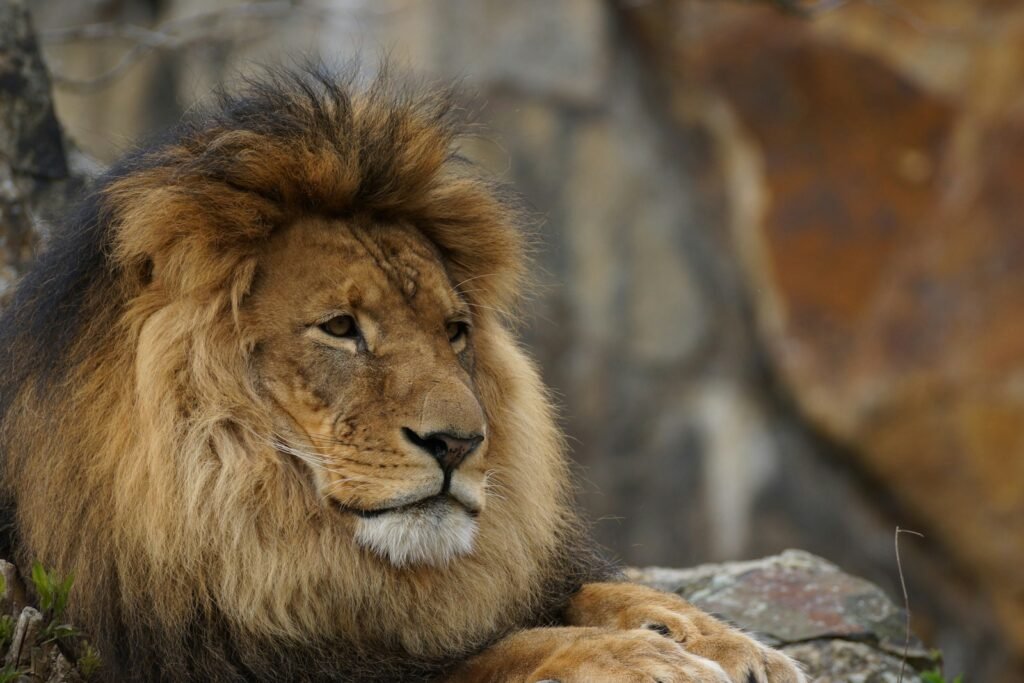
The evolution of social behavior in lions is believed to be linked to several ecological and environmental factors. Historically, lions lived in environments where large prey was abundant and cooperative hunting enhanced success rates. This ecological pressure likely incentivized the development of social structures to efficiently exploit resources and defend prized carcasses from scavengers.
Cooperative Hunting Strategies

One of the key benefits of being social is the ability to hunt larger prey. A pride can skillfully organize itself to surround and take down animals much larger than any single lion could handle alone. This collaborative hunting effort increases the pride’s overall hunting success, ensuring a steady food supply for its members.
Advantages of Group Living
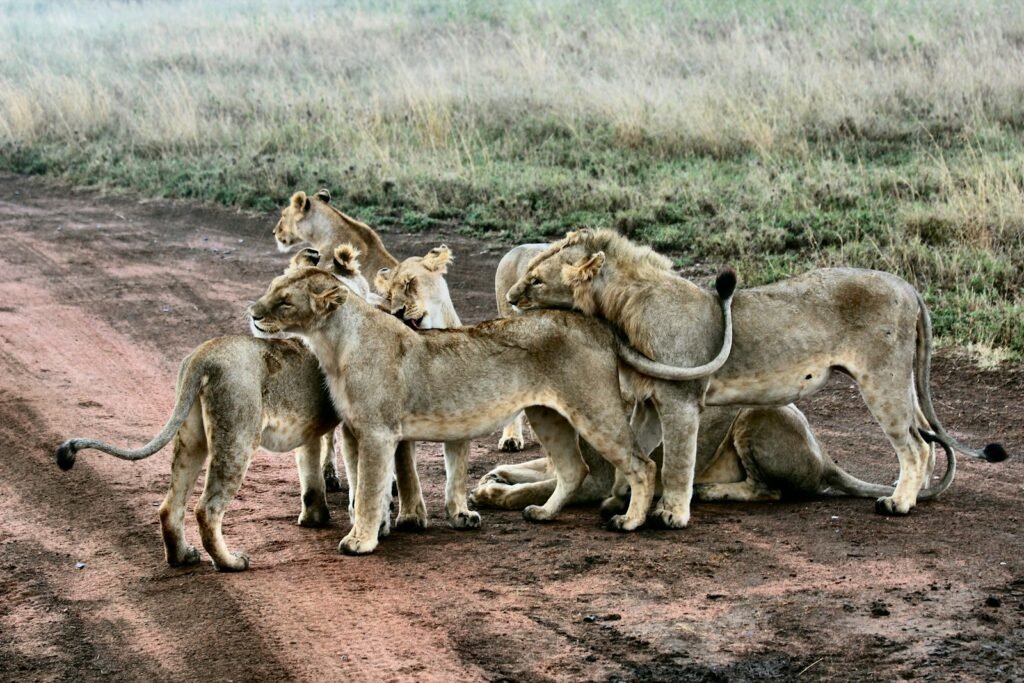
Living in groups offers several advantages beyond hunting. Prides can more effectively defend their territory against intruders, protecting resources and ensuring safety. Social bonds within the pride also help in grooming, play, and social learning, strengthening the cohesion and functioning of the group.
The Role of Lionesses

Female lions, or lionesses, are often the heart of the pride. They are primarily responsible for hunting and raising cubs. This matriarchal structure allows the pride to pass down essential skills and knowledge across generations, ensuring the survival and success of their young.
Male Lions: Guardians and Allies
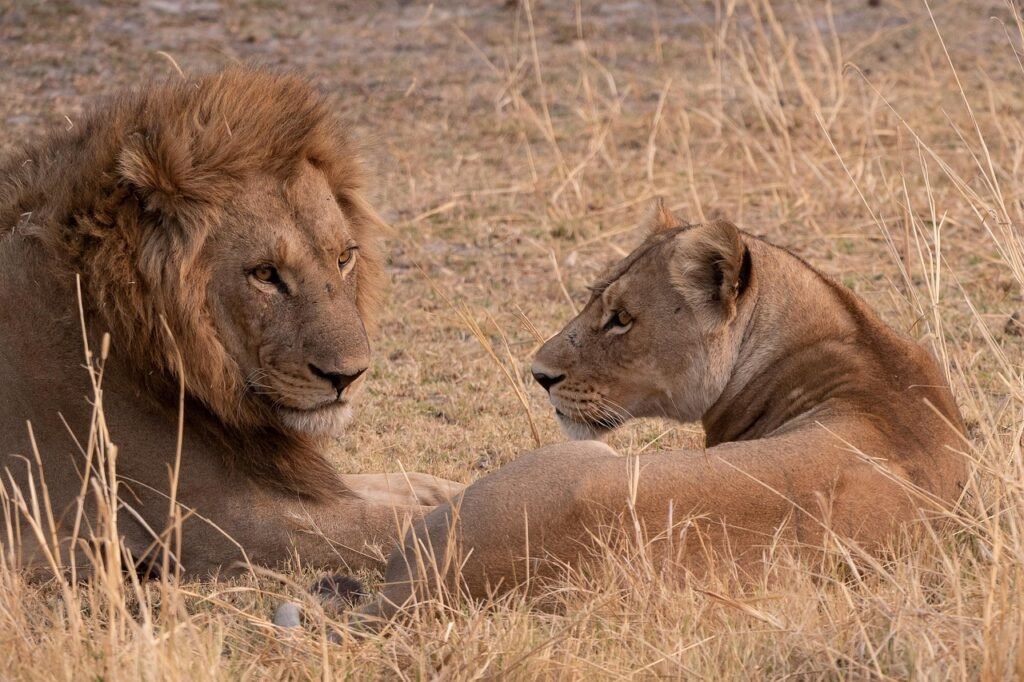
Male lions play a crucial role in defending the pride and its territory. Typically, a coalition of males patrols the territory, protecting the pride from rival males. Their presence ensures genetic diversity as males occasionally leave their birth pride to join another group, preventing inbreeding.
Communication and Social Bonds

Communication within the pride is essential for maintaining social bonds and coordinating group activities. Lions use a variety of vocalizations, such as roars and grunts, alongside body language and scent markings, to convey information and maintain pride cohesion.
Sociability and Survival

The social nature of lions directly impacts their survival and reproductive success. Being part of a pride provides lions with greater protection, increased hunting success, and knowledge-sharing opportunities, improving their chances of thriving in the wild.
Challenges of Social Living
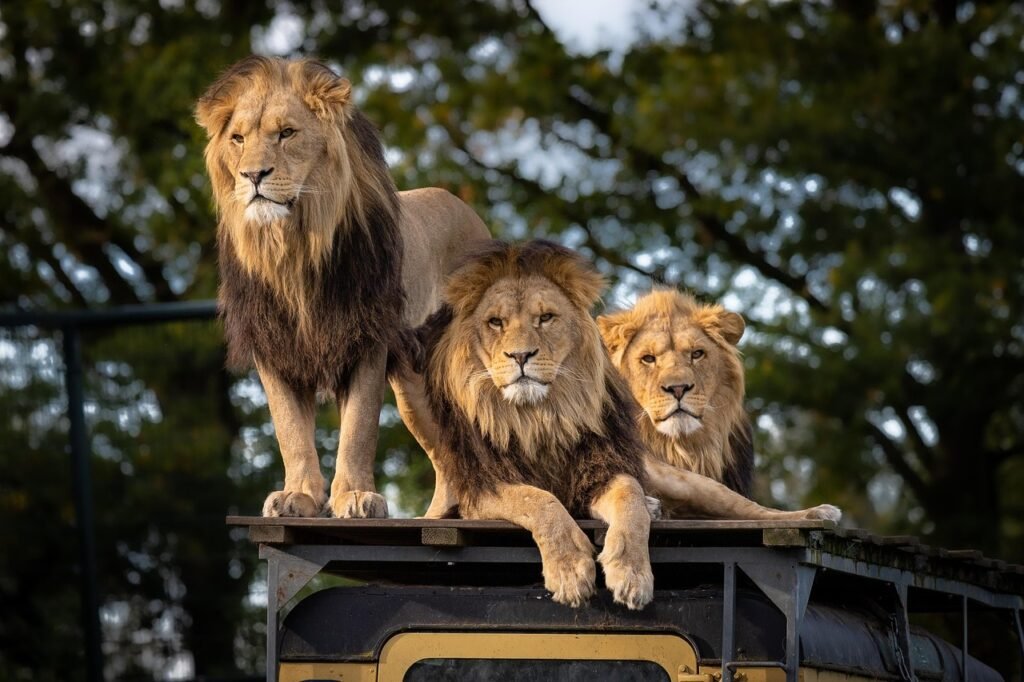
While social living provides many advantages, it also poses challenges. Competition for dominance, mate selection, and resource distribution can lead to internal conflicts within the pride. However, these dynamics are crucial for maintaining genetic health and adapting to environmental changes.
Conservation Implications
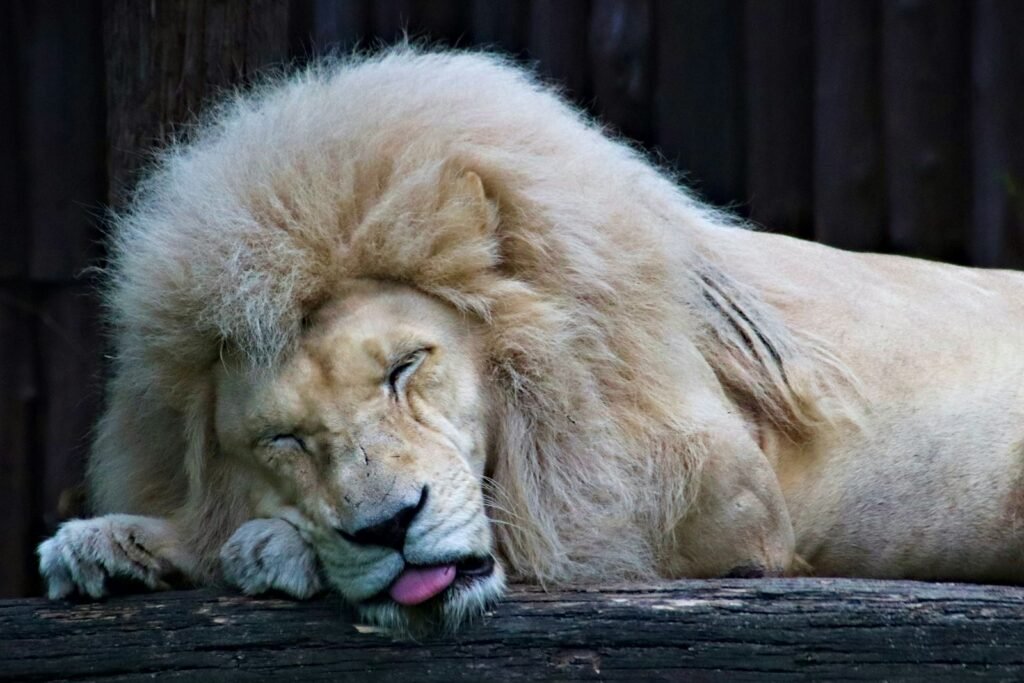
Understanding the social dynamics of lions can inform conservation strategies. Protecting entire prides and ensuring healthy ecosystems that support large prey populations are key to maintaining the social structures essential for lion survival.
Conclusion: The Unique Social World of Lions
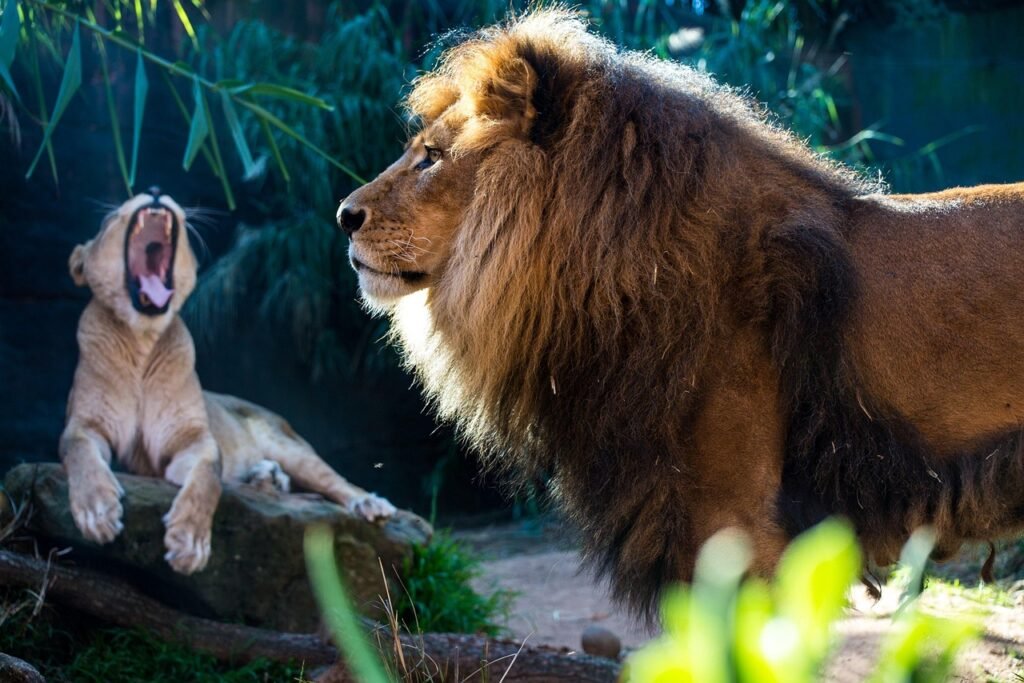
Lions stand out as the only social big cats, a distinction that has crucially shaped their way of life. From cooperative hunting to intricate familial bonds, their social structures offer enormous benefits and ensure their continued reign on the African savannas. By appreciating the complexity of lion societies, we can better appreciate their role in the ecosystem and the critical importance of their conservation.
Hi, I’m Bola, a passionate writer and creative strategist with a knack for crafting compelling content that educates, inspires, and connects. Over the years, I’ve honed my skills across various writing fields, including content creation, copywriting, online course development, and video scriptwriting.
When I’m not at my desk, you’ll find me exploring new ideas, reading books, or brainstorming creative ways to solve challenges. I believe that words have the power to transform, and I’m here to help you leverage that power for success.
Thanks for stopping by, Keep coming to this website to checkout new articles form me. You’d always love it!






